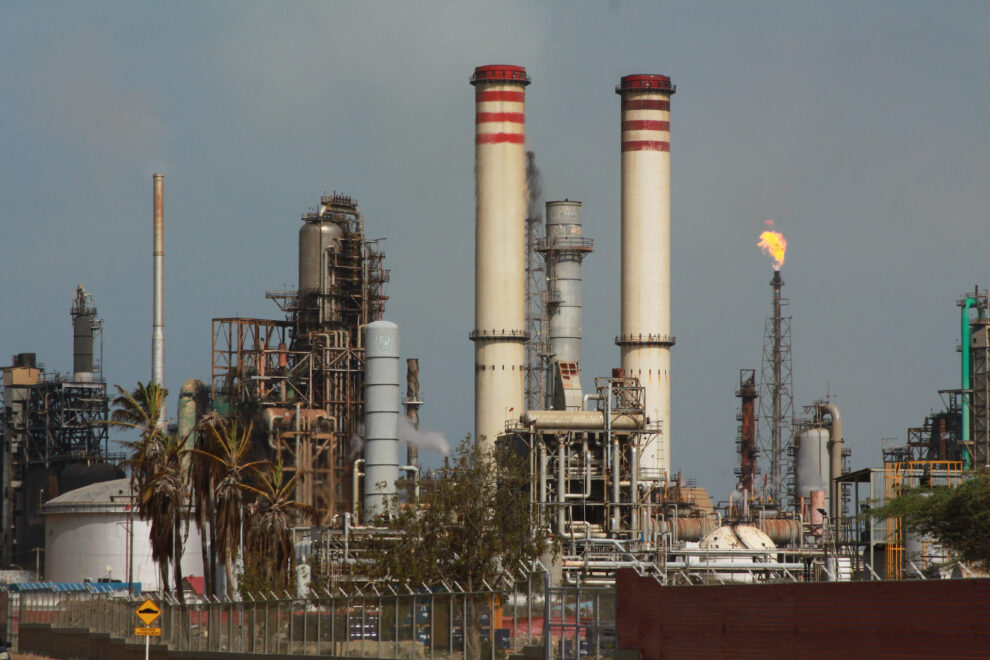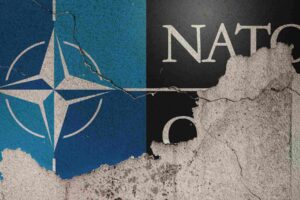On April 28, Russian state-owned atomic energy corporation Rosatom completed the test assembly of a reactor that will operate at Bolivia’s Center for Research and Development in Nuclear Technology (CIDTN), Russian state media reported. The reactor is set to be shipped to Bolivia for installation later on this year.
With this project, Moscow not only seeks to demonstrate that it is capable of building a nuclear power plant on high land, but also that it has a strong long-term security and defense relationship with Bolivia, Jorge Serrano, a security expert and member of the advisory team of Peru’s Congressional Intelligence Commission, told Diálogo on June 4.
The reactor, designed to operate at an altitude of more than 4,000 meters above sea level in El Alto, La Paz department, will make it possible to produce radioisotopes for research in various Bolivian industrial sectors, Moscow said.
The CIDTN is part of a series of agreements La Paz and the Kremlin signed in Moscow in 2019 on energy, security, and lithium exploitation, Nicaraguan daily El Confidencial reported.
“As such, Moscow will have totally co-opted a key country, due to its geostrategic location in South America. Bolivia has common borders with Argentina, Peru, Brazil, Paraguay, and Chile,” Serrano said. “For Russia this is important, because nuclear projects are not built from one year to the next, they take at least a decade and the Kremlin is already involved there; it’s not going to leave. [The IDNTC] is a long-term project.”
Strategic resources
Another incentive behind the construction of the nuclear power plant has to do with Bolivia’s access to strategic resources such as uranium and lithium, Serrano said. That is why Moscow has other companies and interests on Bolivian soil.
“China is also in Bolivia […], after lithium,” he added. “Russia and Beijing shared this strategic resource to co-opt the Bolivian government — they’ve already trapped it. This is the framework within which the CIDTN project is being developed.”
Long-standing danger
According to El Confidencial, the plant was originally intended to be built in the southern part of La Paz, but several civil society organizations protested against the risks that a nuclear power plant could pose to the health of the population.
The safety of nuclear reactors depends on various factors such as design, construction, regulations, and safety procedures implemented. Nuclear reactors are designed with multiple safety barriers and control systems to minimize the risks of accidents and radiation release. But historically, Russia far from adheres to international standards and compliance with safety regulations.
Chernobyl and Kyshtym serve as such examples of the consequences of a nuclear disaster.
In 1986, a reactor explosion at Chernobyl in the Soviet Union (today’s Ukraine), killed at least 30 people from radiation. In the following years many others died from diseases associated with long-term nuclear contamination, such as cancer, CNN en Español reported.
The World Health Organization and the International Atomic Energy Agency estimate that the total number of Chernobyl-related deaths, including long-term consequences, could reach tens of thousands over several decades.
Before Chernobyl, an accident occurred that remained secret for two decades due to strict Soviet protocol to conceal information detrimental to the regime, the BBC reported.
The accident occurred at the Mayak plant near Kyshtym, in Russia’s Ural Mountains region, in 1957. A radioactive cloud spread over Russian territory, killing dozens of workers and at least two hundred people from acute irradiation, the BBC reported.
“What the then Soviet Union was able to do by hiding this case from the world is no longer possible now, thanks to the intelligence technology of the United States, United Kingdom, and Western powers,” Serrano said.
“The National Security Agency [of the U.S. Department of Defense] could get information from the Bolivian plant if there were suspicions that Russia were hiding a nuclear accident or a military project,” he added.
On March 2023, Lithuanian intelligence released their national threat assessment report in which it states that Rosatom covered up incidents, Lithuania’s public broadcaster LRT reported. “Rosatom tries to retain position in the nuclear energy market; however, according to intelligence, the technologies it provides are defective,” Lithuania’s State Security Department said, according to LRT.
Bolivian model
The CIDTN will join other nuclear plants already in Latin American soil. Some countries with nuclear plants are: Argentina with the Atucha I, Atucha II, and Embalse plants. Brazil has three nuclear reactors, Angra I, Angra II, and Angra III, which is under construction. While Mexico joins the list with Laguna Verde I and II.
According to Serrano, Russia could seek to replicate the Bolivian model in the Latin American region, “mainly in Nicaragua and Venezuela, two other dictatorships,” he said before adding, “the other countries would not dare to do it with Russia.”
Lithuania’s intelligence report warns that Rosatom “has been implementing nuclear projects abroad by building and servicing nuclear power plants and suppling uranium products […], [which] not only contribute to Russia’s national budget and finance the growth of the country’s military capabilities, but also helps Russia’s political influence abroad,” LRT reported.
Source: Dialog America
















